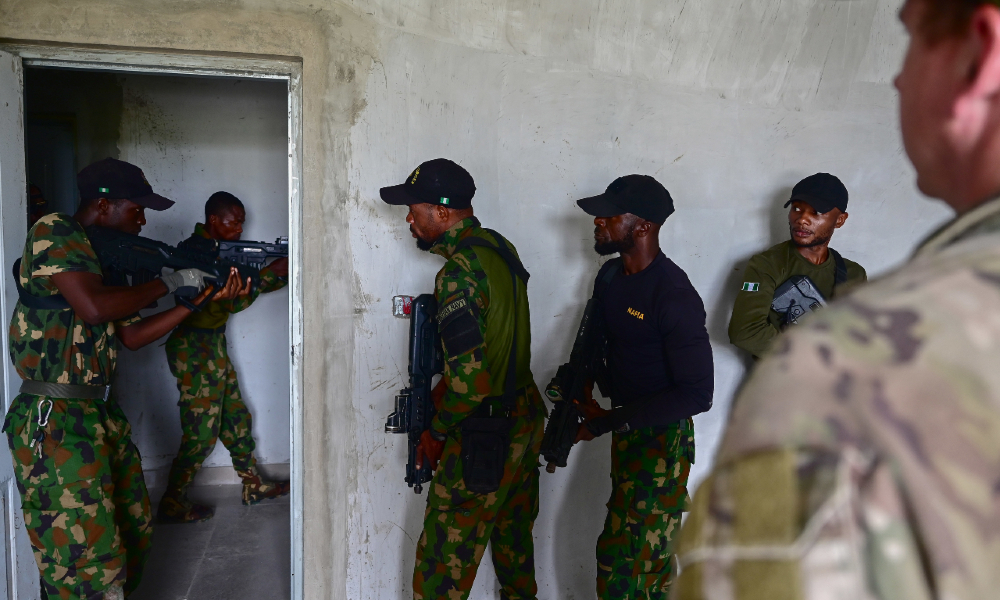The Airstrike in Yemen that Launched a Trump Tweet
Yesterday morning, President Trump appears to have been watching Fox & Friends when he saw a troubling statistic: 122 former Guantánamo detainees have re-engaged in terrorism after their release. So the President took to Twitter:
Published by The Lawfare Institute
in Cooperation With

Yesterday morning, President Trump appears to have been watching Fox & Friends when he saw a troubling statistic: 122 former Guantánamo detainees have re-engaged in terrorism after their release. So the President took to Twitter:
122 vicious prisoners, released by the Obama Administration from Gitmo, have returned to the battlefield. Just another terrible decision!
— Donald J. Trump (@realDonaldTrump) March 7, 2017
As Steve Vladeck highlighted on Just Security, according to a report prepared by the Office of the Director of National Intelligence in September 2016, the Bush Administration actually released 113 of the 122 former detainees suspected of recidivism. As Steve also notes, those recidivism rates are based on a relatively low standard of proof, and so may be overstated. Additionally, the ODNI released an updated report later that same day, which records that only 121 (as opposed to 122) former detainees have been confirmed to have re-engaged in terrorism.
But the background story of the President’s tweet does appear to be a confirmed case of recidivism. The Fox & Friends segment centered on a U.S. airstrike in Yemen that killed Mohammed Tahar (also known as Yasir Ali Abdallah al Silmi), an ex-Guantánamo detainee who was released in 2009. Here’s what we know about Tahar, both how he wound up at Guantánamo and what happened this week.
Tahar was a Yemeni citizen, born in 1980 and captured by Pakistani authorities in Faisalabad, Pakistan in March 2002 in a safe house operated by the Jamaat Tablighi (JT), a group linked to an al-Qaida facilitation network. He was captured in the same raids that picked up Abu Zubaydah, a high-value detainee still held at Guantánamo.
According to a Wikileaked prisoner profile, Tahar was believed to have traveled to Afghanistan in July 2001 to receive training and fled to Pakistan later that year with other members of the so-called Martyrs’ Brigade. Tahar claimed instead to have traveled directly to Pakistan in September 2001 with the intent of studying medicine, acknowledging that he received assistance from the JT and asserting that they had required he study the Koran before he could attend school. According to the U.S. government, the education story was a common cover.
He was transferred to U.S. custody in May 2002 and held at Guantánamo until December 2009, when he was repatriated to Yemen along with five other Yemeni detainees. After al-Qaida in the Arabian Peninsula (AQAP), an al-Qaida affiliate in Yemen, attempted the bombing of a U.S. airline heading to Detroit later that month—the so-called underwear bombing—the Obama Administration stopped transfers to Yemen. This heightened the challenged of what to do about Yemeni detainees, which has always been one of the greatest challenges in emptying the detention facility.
Tahar’s brother was also held in Guantánamo and was among the three detainees who simultaneously committed suicide at the facility in 2006.
Over the last week, the U.S. has conducted a campaign of airstrikes against AQAP across Yemen. On Monday, the Pentagon reported than Tahar had been killed in one of those airstrikes, a seeming confirmation that Tahar was, at the very minimum, again associating with AQAP members.





